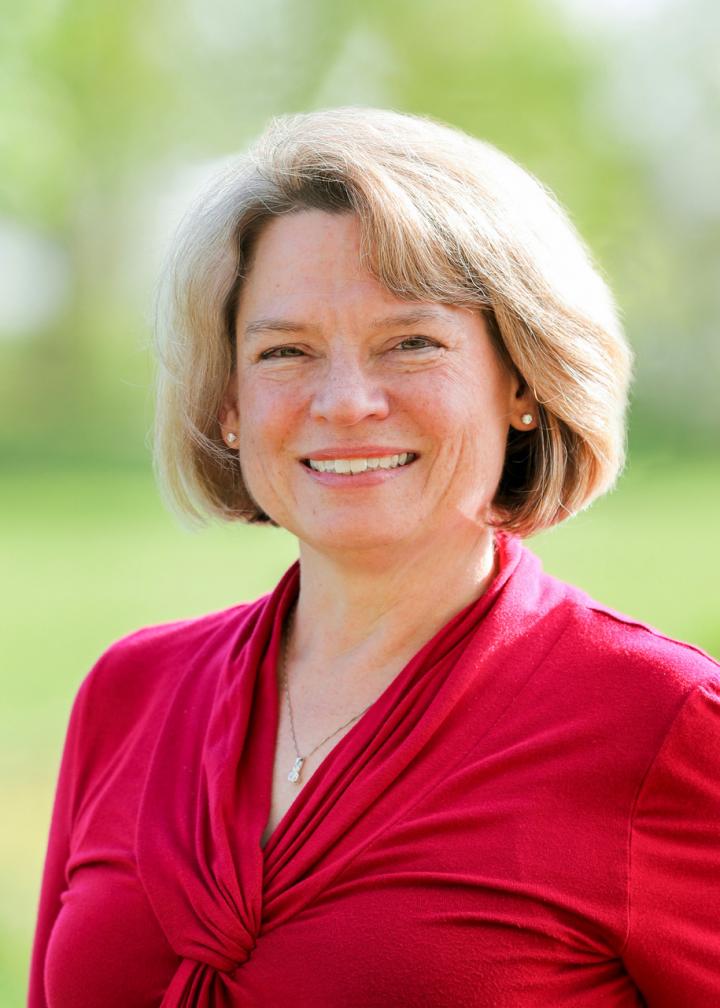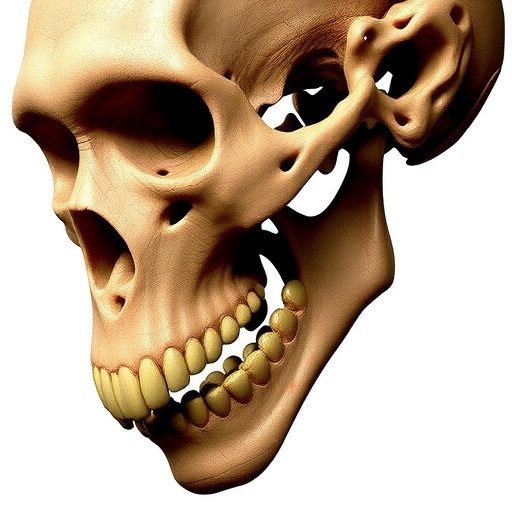LAWRENCE — Despite facing cultural and political pushback, the evidence remains clear: Face masks made a difference in Kansas.
“These had a huge effect in counties that had a mask mandate,” said Donna Ginther, the Roy A. Roberts Distinguished Professor of Economics and director of the Institute for Policy & Social Research at the University of Kansas. “Our research found that masks reduced cases, hospitalizations and deaths in counties that adopted them by around 60% across the board.”
Ginther’s article “Association of Mask Mandates and COVID-19 Case Rates, Hospitalizations and Deaths in Kansas” examines the effect of masks on the state’s 105 counties. It appears in JAMA Network Open, a journal published by the American Medical Association.
Kansas boasts the fifth-highest total of counties among all the states. Executive Order No. 20-52 that took effect in July of 2020 was initially adopted by only 15 counties, with 68 others not adopting the order through October. A second mandate in November was embraced by an additional 40 counties.
“We thought masks would matter for certain cases, but the effect size for hospitalizations and deaths being the same rate was pretty astonishing,” Ginther said.
Co-written with Carlos Zambrana, an associate researcher at the Institute for Policy & Social Research, Ginther estimated masks saved about 500 lives in adoptive counties. And, yet, other counties often refused to adopt the mandate, citing personal freedoms and lack of scientific evidence as reasons.
“There’s no way to run a clinical trial on masks because you’d have to observe people using them all the time, and we can’t observe everyone’s behavior. This type of observational study is the best we can do,” Ginther said.
“But in terms of personal freedom, I would say that wearing a mask is a public good. There’s a negative externality to not wearing one, and you could get infected or infect others. In a pandemic, where close to 600,000 people have died, this is a low-cost preventative measure that preserves life.”
Data for her study was corralled from several sources. She used the daily total number of cases per county from The New York Times COVID-19 data in the U.S. GitHub repository. The state information came from the list of county official actions compiled by the Kansas Health Institute. Linear regression difference-in-difference models were then employed, with cases regressed on an indicator variable that started 21 days after the mandate to allow for changes in mask-wearing behavior, an indicator for no coronavirus cases and the number of days since the first recorded case.
“We are required to wear seatbelts in the state to save lives. We get driver’s licenses to save lives. We have vaccine mandates for children going to school to prevent the spread of infectious disease. These are all public health measures that we follow. At some point, the government steps in and says, ‘These are the right things to do to save lives,'” she said.
Aside from the health implications of ignoring a mask mandate, there are also economic ones.
“COVID-19 costs money,” she said. “It slows down economic activity. It drains money for hospitalizations. We show that if you prevent COVID, you save the health care system money.”
Now in her 18th year at KU, Ginther believes “Association of Mask Mandates” demonstrates the importance of nonmedical interventions for preventing the spread of respiratory diseases.
She said, “Given everything that’s happening around the world, this may not be the last pandemic in our lifetime. Just think about places like India that don’t have access to the vaccine. If you’re wanting to slow the spread, knowing that a mask works and is a cost-effective approach to public health is really important.”
###
Media Contact
Jon Niccum
[email protected]
Original Source
http://news.
Related Journal Article
http://dx.





